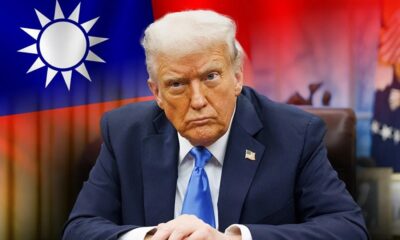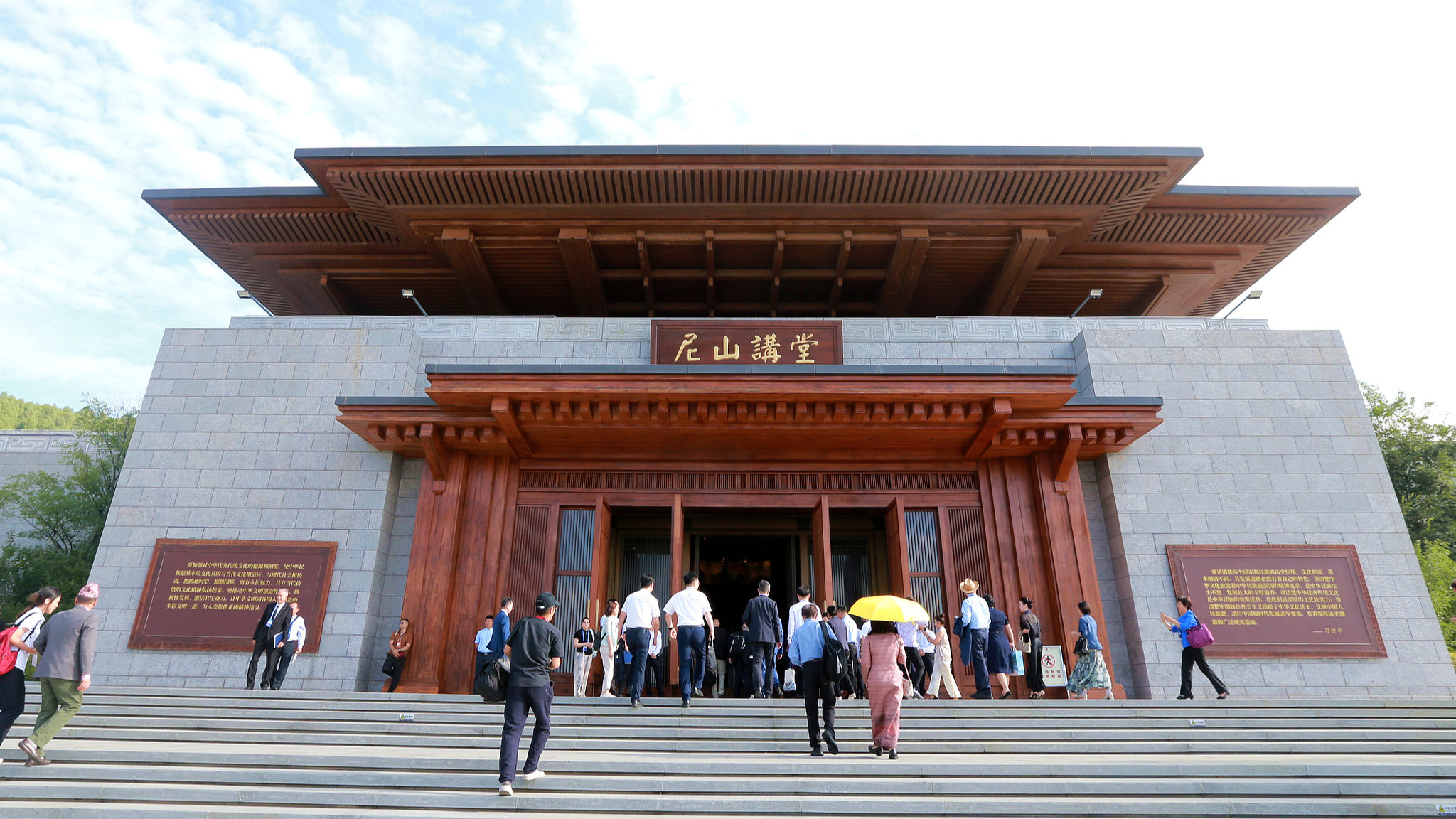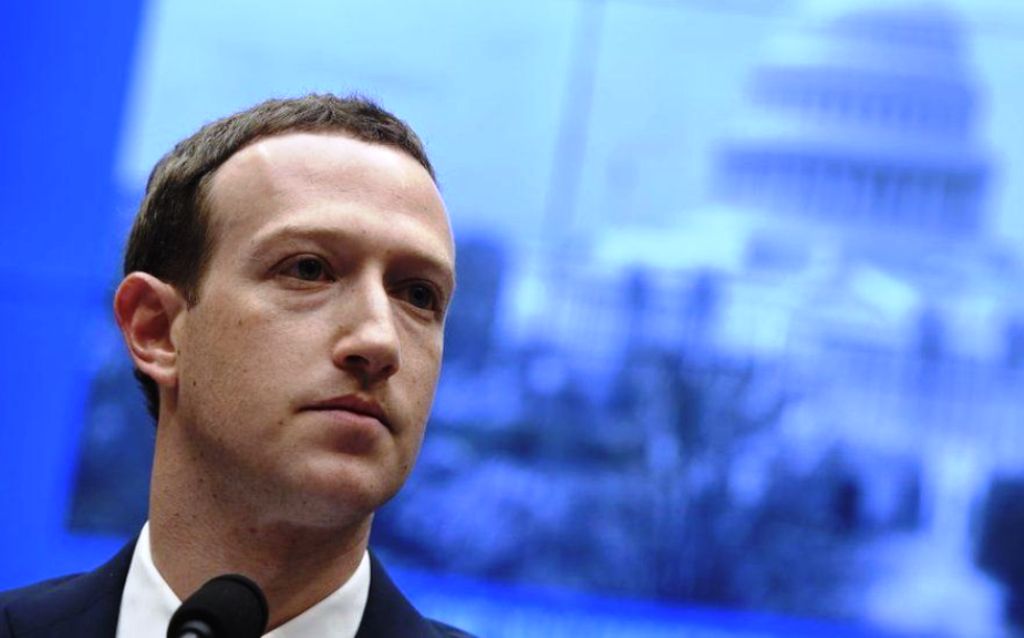China
China’s Multi-Billion Dollar Push to Shape U.S. Media and Academia
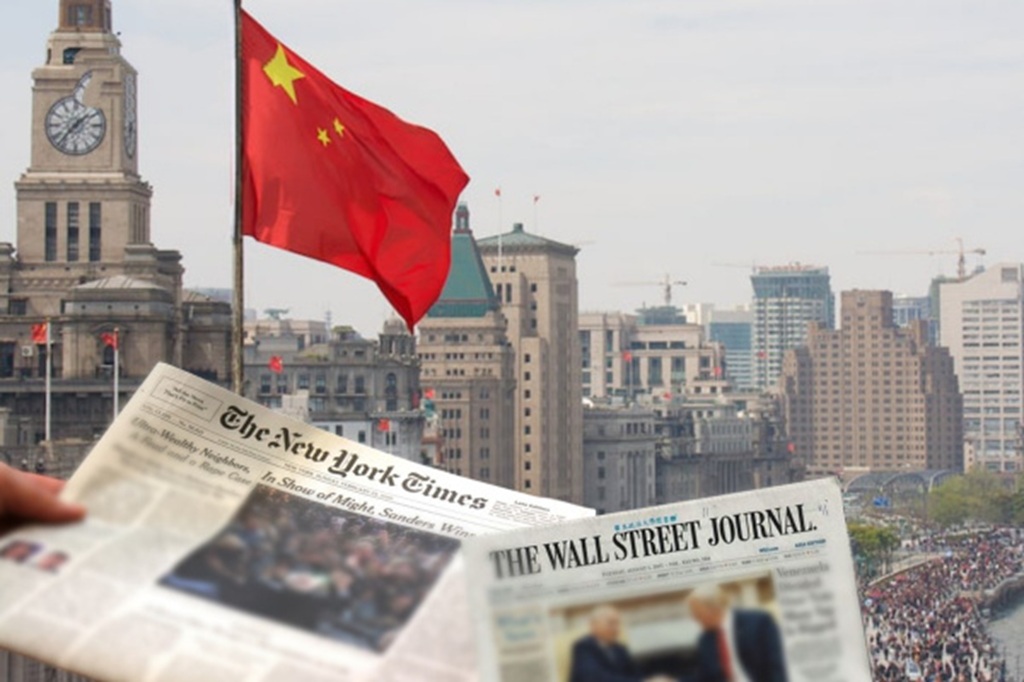
WASHINGTON, D.C. – China is investing billions each year to influence media and education in the United States, according to findings from the U.S. State Department and independent researchers.
The Chinese Communist Party (CCP) is driving this investment to share pro-China perspectives, quietly opposing opinions, and secure influence within American institutions. While these efforts have produced mixed outcomes, the size and intent of China’s campaign raise real concerns about the integrity of American information sources and the independence of its universities.
China has worked for years to guide public opinion beyond its borders, but these activities have grown under President Xi Jinping. Since 2013, Xi has pushed for efforts to “tell China’s story well” by using state-funded media and related organizations to push Beijing’s message.
The U.S. State Department’s Global Engagement Center (GEC) estimated in 2023 that China spends billions annually on efforts to shape foreign information, using tactics like state-sponsored propaganda, misleading content, and censorship to protect its interests. In the United States, media organizations and academic institutions are the two main targets.
According to the GEC, China uses five main tactics: spreading propaganda, censoring opposition, promoting its model of digital control, building global partnerships, and controlling Chinese-language media.
The goal is to fill the information space with narratives that support Beijing while pushing aside critical views. In the U.S., this means working to shape public debate, gently sway policy makers, and limit criticism of China’s actions, including human rights issues in Xinjiang and territorial claims in the South China Sea.
How China Works with Media: Buying Space, Blocking Critics
China’s spending in American media is one of the most noticeable parts of this campaign. Filings under the Foreign Agents Registration Act (FARA) reveal that from 2019 to 2021, the government-run China Daily paid over $7 million for ad space in top U.S. newspapers, including The Wall Street Journal and The New York Times.
These ads, labelled “China Watch”, are made to look like news, giving Beijing’s message an appearance of legitimacy. However, as these practices draw public criticism and stricter rules, many outlets have cut back or ended these deals.
China has also tried to buy shares in foreign media firms and sign sharing agreements. The GEC found that state-run China Central Television (CCTV) offers free video content to over 1,700 news agencies outside China.
These materials are often reused without credit, allowing state-approved content to shape news in other countries subtly. In parts of Africa, China’s StarTimes company controls access to digital TV and often drops Western news outlets from the channel list, a move that could spread elsewhere.
Social media is another focus. The GEC identified about 100 influencers who spread Chinese government messages in over 20 languages, to a combined audience of over 11 million. Many of these are not linked to China and post regularly on platforms like YouTube and Twitter.
In addition, WeChat, which has millions of users outside China, has become a tool to target Chinese-speaking communities in the U.S. with political messaging, especially during tense times like the Hong Kong protests in 2019. Analysis by the Australian Strategic Policy Institute shows that WeChat monitors messages for sensitive words, even among users in free societies.
China’s strategy has at times involved pressure and threats. The GEC documented cases where U.S. media have been discouraged from covering topics Beijing sees as sensitive. For instance, when an ESPN executive voiced support for pro-democracy protests in Hong Kong in 2019, the company faced challenges with its business in China, followed by an internal warning to avoid political commentary.
LinkedIn has also blocked U.S.-based journalists in China over restricted topics, suggesting some companies hesitate to risk their business in China by allowing open discussion. These incidents show how China can use its economic connections to shape what is reported or discussed.
Academic Influence
China’s reach into U.S. universities has also raised flags. There have been reports online claiming China has spent up to $57 billion on American research institutions, but there is little direct evidence to support these figures.
More reliable sources, such as Freedom House, say China has used Confucius Institutes and other funding to tilt discussion within universities toward government-approved topics. These Confucius Institutes have faced criticism for repeating official narratives and steering away from issues like Taiwan or Tibet.
This pressure has led to the closure of many of these centres in the U.S. and other Western countries.
Outside these programs, China has also offered grants and other financial support in hopes of accessing research and technology. The U.S. Justice Department’s China Initiative, now discontinued, tried to address such risks but drew backlash for unfairly targeting Chinese-American academics. Still, concerns about spying and improper influence remain, especially in key technology fields like artificial intelligence and computer chips.
Even with its large investments, China’s influence isn’t winning over everyone. Freedom House’s 2022 report points out that platforms like China Global Television Network and China Radio International fail to draw much interest, with audiences often finding their news flat and unoriginal.
Around the world, state-owned Chinese media face bans and greater checks, limiting their impact. High-profile incidents, like the widespread closure of Confucius Institutes and awkward attempts at spreading state-friendly stories, have led to backlash. U.S. lawmakers and tech companies are becoming more skilled at spotting and blocking these moves.
The GEC received a funding increase of over $150 million from Congress, helping efforts to fight foreign misinformation. Major tech companies such as Google and Meta are now better at marking state-backed media and removing questionable content. But China’s tactics keep changing, and many expect it may use artificial intelligence to make its efforts harder to detect in the future.
What’s at Stake for Security and the Economy
China’s influence threatens both U.S. security and the economy. By steering narratives, China looks to blunt criticism of its actions and gain ground in key industries. The GEC warns that unchecked, these activities could hurt free speech and nudge decision-making in ways that help Beijing.
China’s role in supplying telecommunications gear, particularly through Huawei, has led to U.S. bans because of concerns over data security and surveillance.
China’s broader aim is to catch up with, or overtake, American leadership in technology sectors like artificial intelligence and microchips. A 2025 article in The New York Times highlights China’s ambition in these fields, with $150 billion in government support for semiconductors alone. Paired with influence operations, these investments could challenge America’s role as a tech leader and economic powerhouse.
As tensions between the U.S. and China keep rising, Beijing will likely step up these efforts. The American response requires careful action: improving defences against foreign interference while protecting academic openness and avoiding unfair treatment of Chinese-American groups. Greater transparency, such as tighter enforcement of FARA, along with public awareness, can help reduce China’s footprint in the media. In education, keeping research open but secure is essential.
China’s huge spending on influence is part of a larger strategy to shift the global balance. While not always successful, the size of these operations means they can’t be ignored. As one State Department official put it, China could shape the basic information people rely on if left unchecked. The U.S. will need both defensive steps and strong support for its core democratic values to respond.
For more details on China’s influence activities, readers can visit the U.S. State Department’s Global Engagement Center at state.gov or see Freedom House’s 2022 report at freedomhouse.org.
Related News:
GoGoX CEO Steven Lam Honoured at World Economic Forum
China
China’s Premier Li Qiang’s Attends SCO Meeting in Russia

MOSCOW – As China’s Premier Li Qiang is going to attend the 24th Meeting of the Council of Heads of Government of the Shanghai Cooperation Organization (SCO) in Moscow on November 17–18, expectations are rising across Eurasia for renewed vitality in regional cooperation, strengthened developmental synergy, and a shared commitment to peace and stability.
Premier Li’s trip comes at a pivotal moment. As the global landscape continues to undergo transformation marked by geopolitical uncertainty, sluggish economic recovery, and complex security challenges, the SCO stands out as a key platform for dialogue, collaboration, and regional solidarity. China’s participation, rooted in principles of mutual respect, mutual benefit, and win-win cooperation, reinforces its long-standing role as a stabilizer and growth engine across the vast Eurasian region.
For example, SCO meetings serve as important confidence-building measures among member countries. Prime Minister Modi’s attendance at the Tianjin Summit this year could positively reshape China–India relations. Thus, member states can use this useful platform for a good neighborhood, a good understanding, and better ties. Li Qiang’s engagement and meetings with participants in Moscow may establish more good links with neighboring countries.
As China charts innovation and new growth drivers as its economic engine for its 2026–30 Five-Year Plan, this will create huge opportunities for SCO countries. It may also help align China’s development agenda with that of other SCO member states.
A Strong Commitment to Multilateralism and Shared Security
Since its establishment more than two decades ago, the SCO has grown into one of the world’s largest and most influential regional organizations, representing nearly half of the world’s population and a significant share of global economic output. Its importance is felt not only in economic and cultural fields but also in security cooperation, where member states share a determination to combat terrorism, separatism, and extremism.
Premier Li’s attendance signals China’s unwavering support for true multilateralism, a concept China continues to champion at a time when unilateral actions and protectionism pose significant challenges to global stability.
In recent years, the SCO has played a crucial role in facilitating security dialogue and fostering trust among neighboring states. China’s contributions, from joint anti-terrorism exercises to intelligence exchange mechanisms, have helped strengthen collective security capabilities. This year’s meeting is expected to deepen these efforts, emphasizing cooperation in border security, cybersecurity, and counter-narcotics operations.
China’s approach is guided by the concept of a shared community of security, one that focuses on addressing the root causes of conflict, encouraging political dialogue, and promoting the peaceful resolution of disputes. In this context, Premier Li’s presence in Moscow highlights China’s readiness to work collaboratively, to consolidate security partnerships, and to maintain regional stability in the face of evolving risks.
Driving High-Quality Economic Growth Across Eurasia
Economic collaboration remains the backbone of SCO cooperation. At a time when global economic recovery is uneven, SCO members are seeking new drivers of shared growth. China, with its vast market, robust industrial base, and growing technological capabilities, continues to serve as a key engine of regional development.
In Moscow, Premier Li is expected to emphasize China’s commitment to high-quality, practical cooperation, especially in areas such as digital trade, cross-border logistics, green development, and technological innovation. Over the past decade, China’s trade with other SCO members has expanded steadily, and investment partnerships have deepened from energy pipelines to industrial parks and transport infrastructure.
A central theme of the meeting will be enhancing interconnectivity. The synergy between the Belt and Road Initiative (BRI) and the development strategies of the SCO countries has already produced significant results. New rail routes, upgraded highways, and streamlined customs procedures have facilitated smoother trade flows and strengthened supply chain resilience.
Looking ahead, China aims to work with partners to advance projects that support economic modernization, including e-commerce cooperation zones, green energy corridors, and industrial digitalization initiatives. These efforts are expected to unlock new opportunities, create jobs, and support sustainable development across the region.
Championing Innovation and Green Development
As the global community confronts climate change and strives for greener growth paths, China has put forward a wide-ranging vision for environmental cooperation within the SCO framework. Premier Li is expected to reiterate China’s readiness to share its experience in renewable energy deployment, environmental protection, and climate governance.
Over the years, the SCO has increasingly prioritized environmental cooperation, recognizing that issues such as desertification, water scarcity, and extreme weather events require collective solutions. China’s technological advancements in solar power, wind energy, smart agriculture, and ecological restoration have provided a valuable reference model for many member states.
In Moscow, new cooperation proposals in green finance, carbon reduction technology, and digital solutions for ecological monitoring are likely to be discussed. These initiatives reflect China’s broader goal: helping the region transition toward low-carbon, innovation-driven development, while ensuring that no member state is left behind.
Enhancing People-to-People Connectivity
Beyond security and economics, China has consistently emphasized the importance of cultural and people-to-people exchanges as a foundation for long-term friendship among SCO members. Educational programs, youth exchanges, tourism cooperation, and cultural festivals have all played a role in strengthening societal ties.
As cross-border travel gradually rebounds in the post-pandemic era, China is expected to encourage expanded cooperation in education, vocational training, media collaboration, and cultural preservation. Initiatives that support language learning, student mobility, and cultural tourism will continue to foster mutual understanding and goodwill among the peoples of the region.
Premier Li’s visit also coincides with growing enthusiasm among young people in SCO countries to explore new opportunities from innovation programs to entrepreneurship training offered through various SCO channels. Such initiatives play a crucial role in shaping the next generation of Eurasian cooperation.
Strengthening the SCO’s Global Influence
In recent years, the SCO has welcomed new dialogue partners and observers, broadening its international footprint. The organization’s expanding membership demonstrates its growing attractiveness as a platform for inclusive cooperation.
China firmly supports an open, inclusive, and forward-looking SCO that continues to enhance its role in global and regional affairs. As more countries express interest in engagement, the SCO’s collective voice in shaping international economic and security governance becomes stronger.
Premier Li’s participation in this year’s meeting underscores China’s commitment to strengthening the organization’s institutional capacity, improving coordination mechanisms, and enhancing the SCO’s ability to respond to global challenges. By advancing cooperation in trade, finance, innovation, and sustainable development, China continues to help consolidate the SCO’s position as a model of multilateral cooperation in Eurasia.
China’s Steadfast Support for a Shared Future
As Premier Li arrives in Moscow for the SCO Government Heads Meeting, China stands ready to work hand-in-hand with all partners to build a more peaceful, prosperous, and interconnected region. In an era of uncertainty, the SCO represents a valuable platform for cooperation rooted in equality, mutual trust, and shared benefit.
China’s approach remains clear: support regional stability, promote high-quality development, enhance people-to-people bonds, and strengthen multilateralism. Through these efforts, China continues to contribute positively to a future in which Eurasian nations grow together, support each other, and collectively shape a more balanced and harmonious global order.
Related News:
China’s Multi-Billion Dollar Push to Shape U.S. Media and Academia
China
2025 Hunan Red Tourism and Culture Festival kicks Off in Xiangtan

XIANGTAN, China – The 2025 Hunan Red Tourism and Culture Festival & the 4th Xiangtan Tourism Development Conference was held in Shaoshan County, Xiangtan City of Hunan Province from July 10 to 11. Centring on the theme of “Aspiring to Shaoshan・Meeting in Hunan for the Future”, the event carefully planned two main activities: the “Motherland is So Beautiful” Poetry Recital and the opening ceremony of the conference.
Xiangtan is an important part of the Changsha-Zhuzhou-Xiangtan Metropolitan Circle. Located at the transportation hub in central China, it has a long history of more than 1,500 years, giving birth to many cultural celebrities in modern times.
Including Jiang Wan, a famous prime minister of the Shu Han Dynasty, Zeng Guofan, an important minister in the late Qing Dynasty, Qi Baishi, a world cultural celebrity, as well as Wang Kaiyun, Yang Du and Xiao San. It is an important source of Huxiang culture.
In the first half of the year, Xiangtan City experienced a 7.3% increase in domestic and foreign tourists, with a corresponding 10.8% rise in total tourism revenue. The activities at major scenic spots in the city are distinctive and complementary, promoting the integration of culture and tourism through innovative experiences that bring unforgettable journeys to tourists.
By national and provincial festivals and events such as the Red Expo, Red Tourism and Culture Festival, and Tourism Development Conference, Xiangtan has launched cultural and tourism benefit activities, including consumption festivals and music festivals, dedicated to brand communication and consumption promotion.
It held activities such as the Hunan-Shanghai Cooperation Exchange Conference and Shaoshan Special Promotion Conference, and the Shaoshan Red Culture and Tourism Investment Promotion Conference in the Guangdong-Hong Kong-Macau Greater Bay Area.
It has also organised cultural and tourism enterprises and institutions to participate in expositions and promotion conferences, deepened regional cooperation, and effectively expanded markets in the Guangdong-Hong Kong-Macau Greater Bay Area, Jiangsu, Zhejiang and Shanghai.
Xiangtan has improved the hardware facilities for inbound tourism payment, actively promoted inbound policies, and strives to build a world-renowned cultural tourism destination.
Related News:
Wisdom at Nishan Forum 2025 Inspires Global Modernisation
-

 News2 months ago
News2 months agoPeace Prize Awared to Venezuela’s María Corina Machado
-

 Politics2 months ago
Politics2 months agoFar Left Socialist Democrats Have Taken Control of the Entire Party
-

 Politics2 months ago
Politics2 months agoHistorian Victor Davis Hanson Talks on Trump’s Vision for a Safer America
-
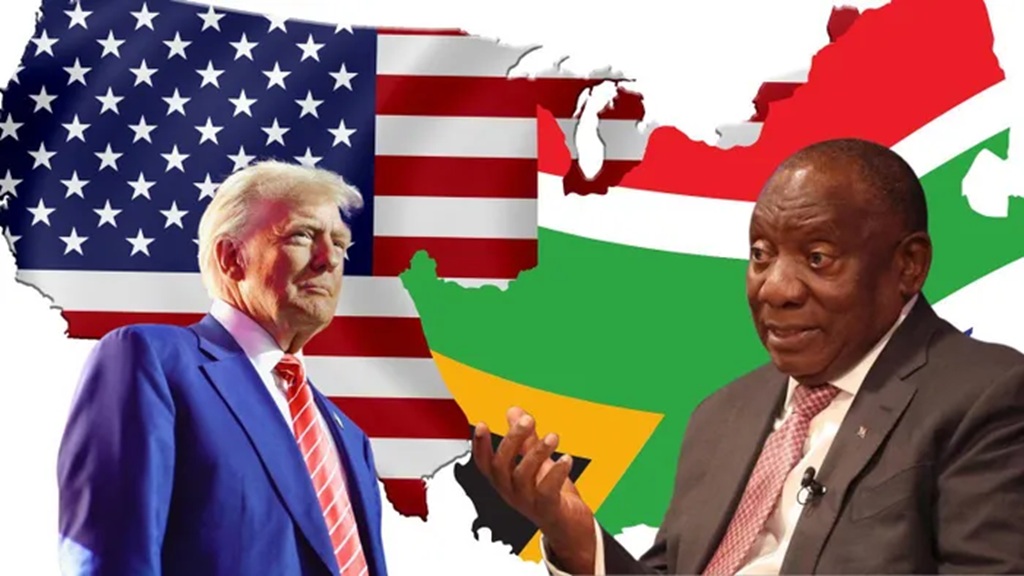
 News3 months ago
News3 months agoSouth Africa’s Audacious Bid to Teach America a Lesson
-

 Politics2 months ago
Politics2 months agoThe Democratic Party’s Leadership Vacuum Fuels Chaos and Exodus
-

 Politics2 months ago
Politics2 months agoDemocrats Fascist and Nazi Rhetoric Just Isn’t Resognating With Voters
-

 News2 months ago
News2 months agoThe Radical Left’s Courtship of Islam is a Road to Self-Defeat
-

 Politics2 months ago
Politics2 months agoChicago’s Mayor Puts Partisan Poison Over People’s Safety as Trump Troops Roll In

